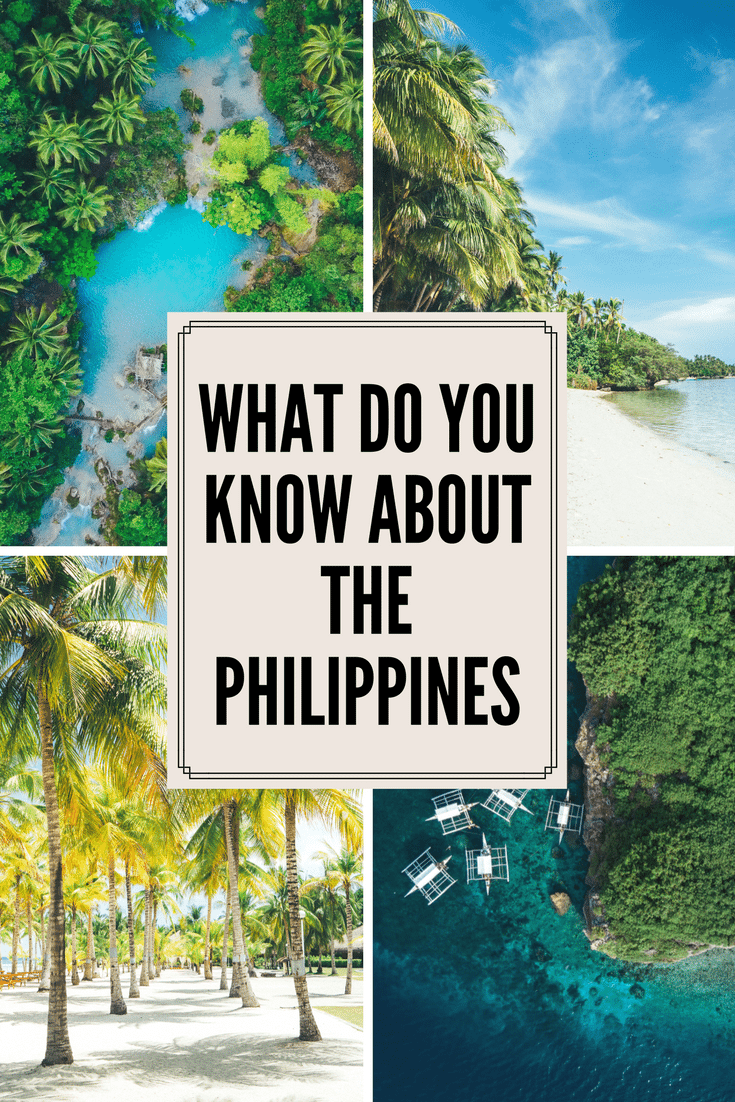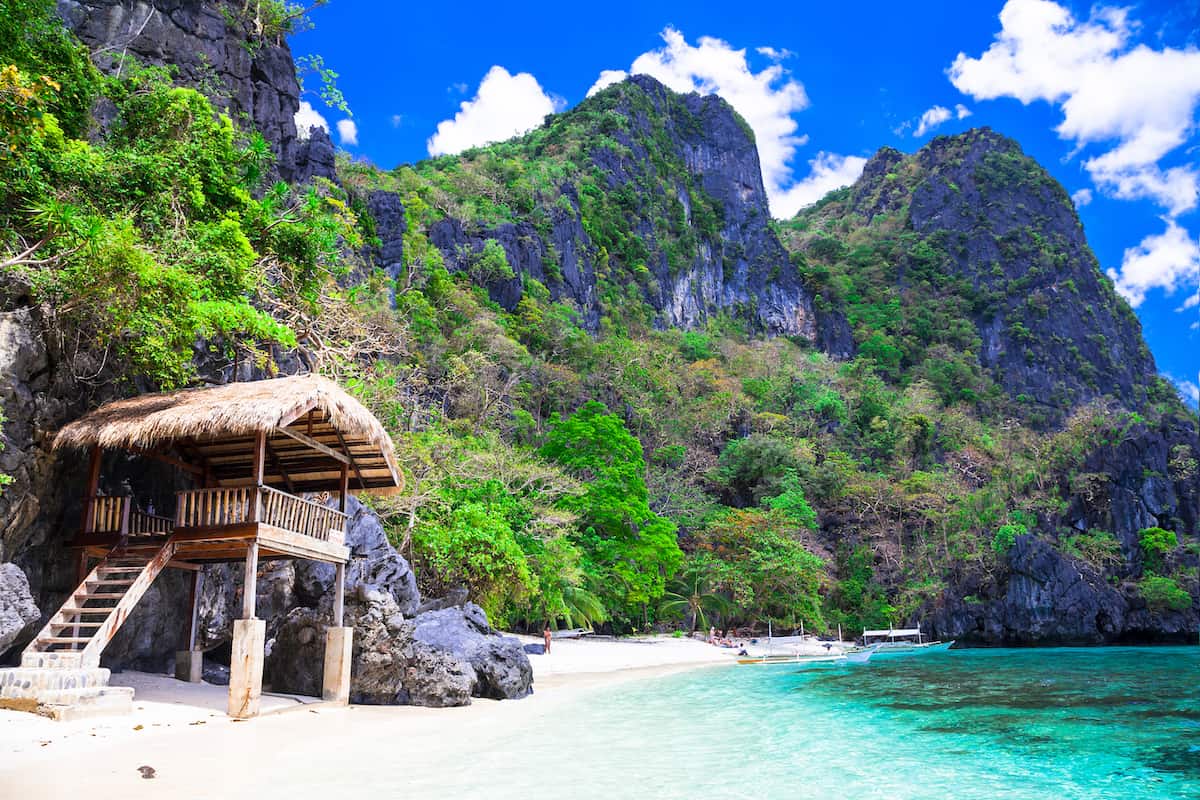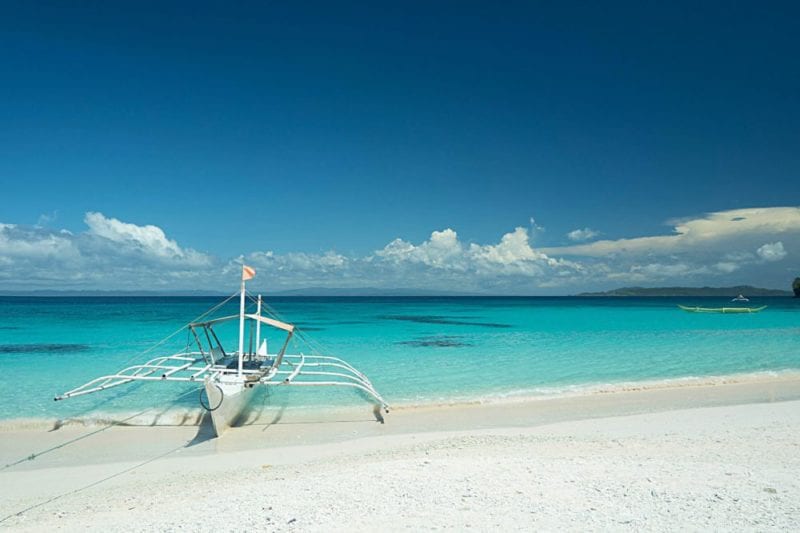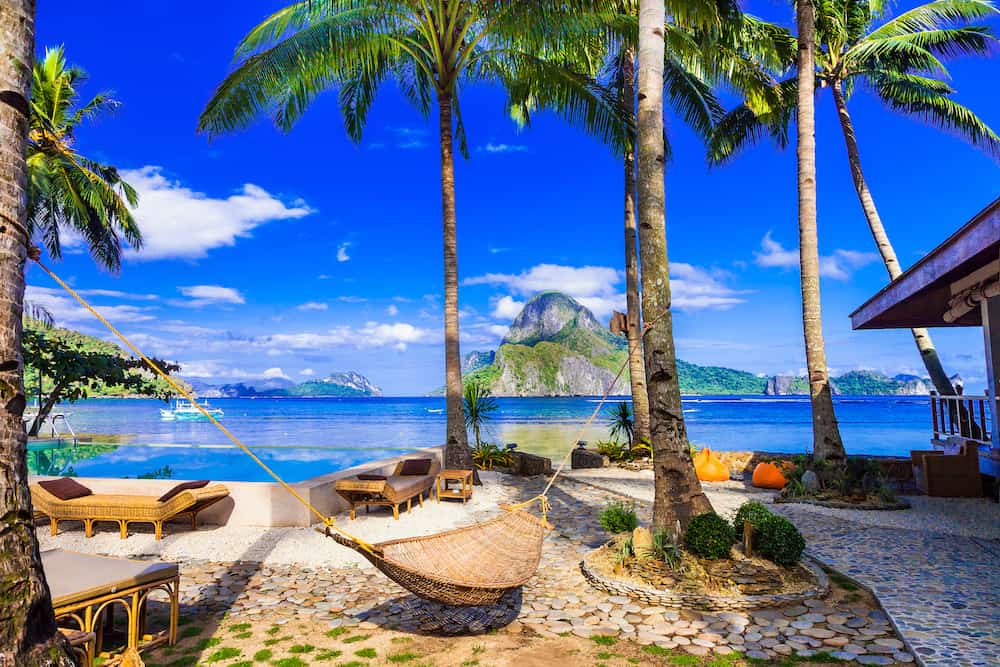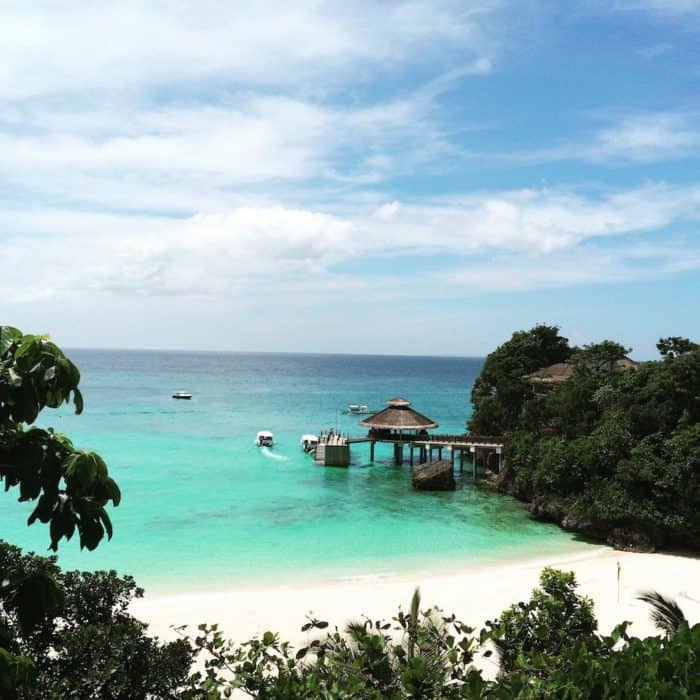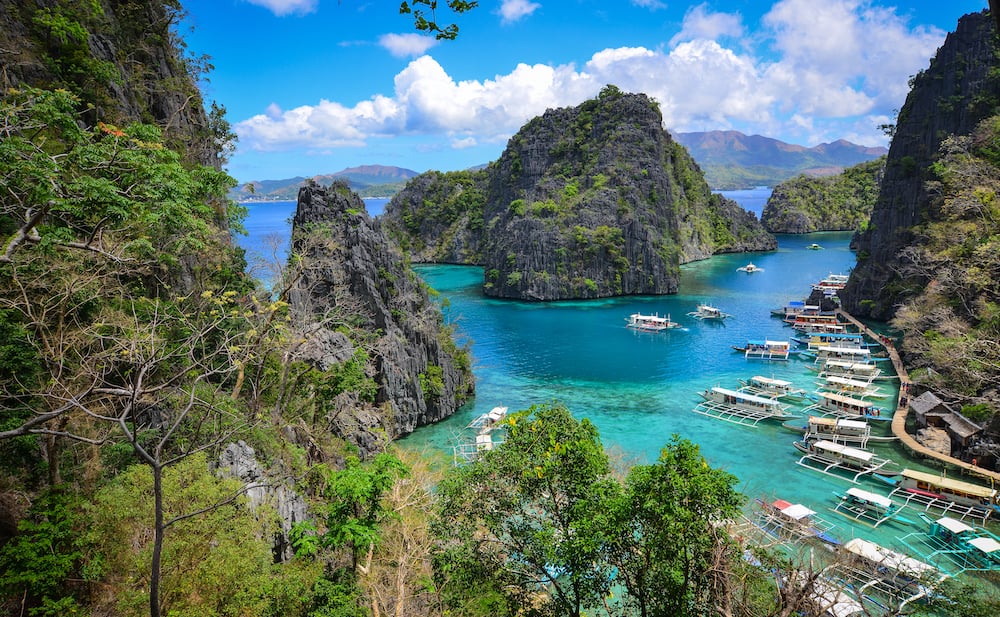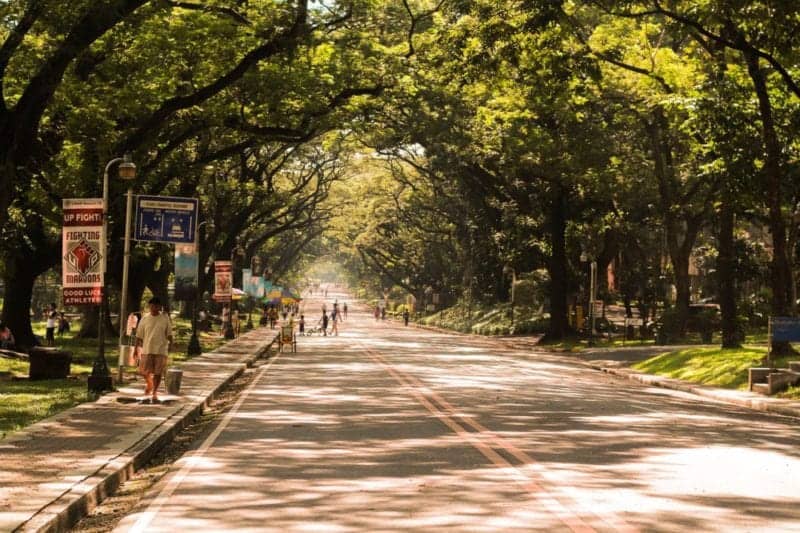What do you know about the Philippines? Budget Travel Guide
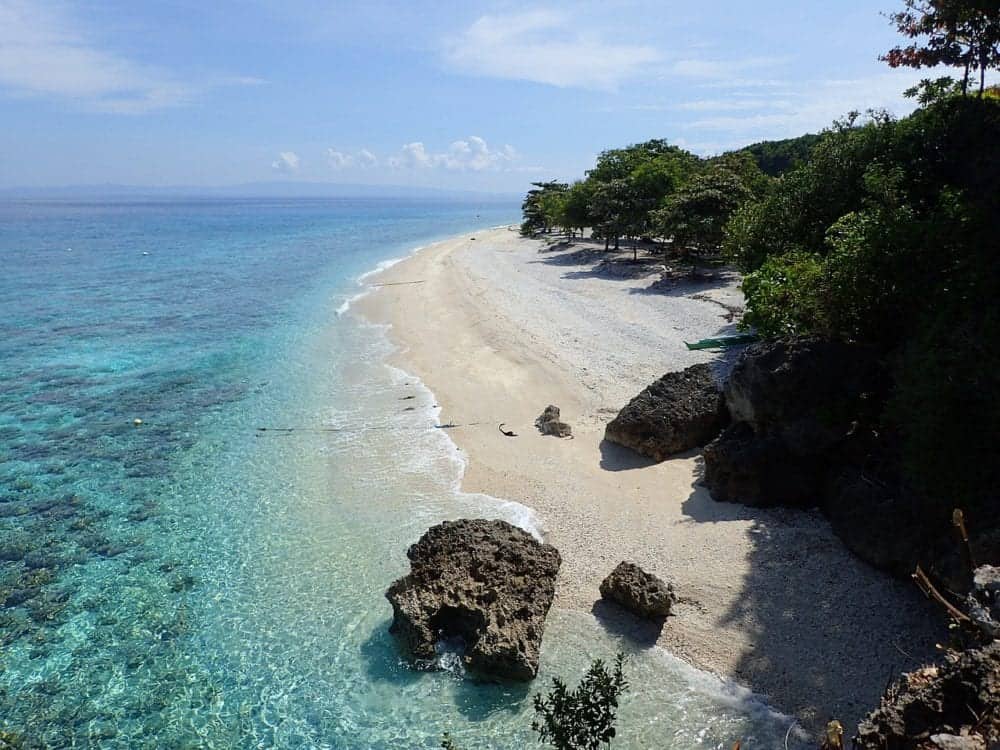
Probably not much, other than it’s in Asia somewhere, has a lot of typhoons, and they always seem to win Miss Universe.
Even those who do end up visiting don’t seem to get too far out of the capital, or are normally confined to one of the country’s many five star resorts.
However if you take the time to explore this country, you’ll discover the Philippines is a fascinating place, filled with delicious food, other-worldly beaches and perhaps the friendliest people on the planet.
Philippines is a fascinating place I’ve spent about nine months of my life here, and while budget travel here can be challenging at times it’s definitely possible! If you’d like to discover this country of islands but need to go easy on the wallet, let me show you how.
Plan your trip?
Avoid hidden fees in the exchange rate while withdrawing from millions of ATMs abroad, paying in restaurants and shops, and buying your accommodation and flights using the Wise Card. You can hold up to 40+ currencies at once to spend in in over 150 countries, and convert them in real time with the free Wise app.
Need help planning your trip from start to finish? Check out these helpful links:
- Cheap flights
- Savings on accommodation from hostels to luxury hotels
- Affordable car rental options
- Affordable sightseeing tours and day trips
- Travel Adapter – All in one so you don’t have to carry a bunch around
- Don’t be silly and forget Travel Insurance! Get hurt and you’ll regret it…
This post contains some affiliate links for your convenience. Click here to read my full disclosure policy. You can also read our content/editorial policy here.
Accommodation in the Philippines
Accommodation in the Philippines is a tale of two worlds. In the big cities and popular tourist places like Boracay and El Nido, accommodation is easy. Most places are listed online so you can use your regular hotel booking sites to find whatever you need. Expect to pay around $25-$50 per night for a comfortable private room.
As for the provinces and beach towns, things can get a little trickier. Accommodation is available for very affordable prices, approximately 300-400PHP ($6-$8) per night. However, finding these places is not always easy.
The selection online is often sparse, although some will list there or even have websites of their own. The other option is to simply ask someone for a recommendation, or just show up and ask around. There are usually many guesthouses and B&B’s in these places, I have stayed in many and they were always comfortable!
Eating in the Philippines
Filipino food is delicious!
Eating in the Philippines is an adventure in itself and there are plenty of interesting things to try. If you play your cards right, it shouldn’t cost you too much either.
Filipino food is very meat heavy and that means you need to take some care as to where you eat. That doesn’t mean you need to dine in five star restaurants, but also be weary of just eating anywhere on the street.
In big cities like Manila, there are many food markets and small family-owned eateries that are fantastic for finding cheap, authentic Filipino food. Simple meat and rice dishes can be easily found anywhere, even in nice neighbourhoods, for 100-200PHP ($2-$4).
You’ll also find many street food carts along the footpaths, especially in business areas. These carts can be hit and miss, but if it’s popular and crowded with a lot of locals grabbing lunch, that’s a good sign the food is okay!
Supermarkets are also well stocked with good selections in the Philippines and if you want to self-cook, and interestingly they have a lot of American brands available too. You should have no trouble finding whatever you’re looking for.
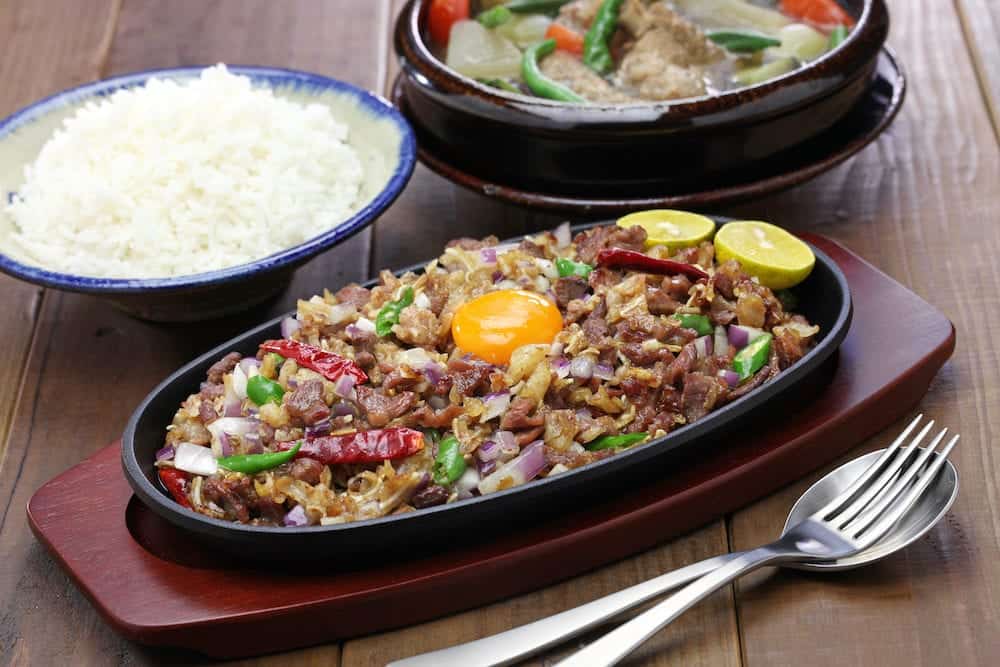
Getting around the Philippines
Getting around the Philippines is not expensive, but it can test your patience (Correction: It will test your patience, a lot).
The cheapest method is to use the bus. Buses are used often by locals, as many city workers return to the provinces to visit their families regularly, sometimes every weekend. You can pay anywhere from 100-800 PHP ($2-$15), depending on how far you’re going.
The bus system is a little difficult to navigate, so it’s best to ask someone which bus to catch and where. Most buses that run out of the cities are very comfortable and have air conditioning, the buses further out in the provinces can be a little rougher – nothing that a savvy budget traveller like you cannot handle, though!
Do be mindful of the timetables – the buses often run off schedule, experience large delays, and disruptions are common due to the weather.
A more popular method to get around is to fly. The Philippines has several budget airlines, all of which have regular flights around the country. Another word of warning: Flights rarely run on time in the Philippines either.
The airport is often crowded, and I would say half of my flights ended up having “maintenance issues” and getting delayed for a few hours. If you plan on flying a lot, take a Kindle – you may be doing a lot of sitting around in airports!
Using public transport
Public transport in the Philippines is a little confusing and most tourists tend to avoid this. The locals use “Jeepneys” to get around, which are long vans which hold around 20 people.
You simply climb in the back and then tell the driver when and where you want to stop. You will see them everywhere and they are super cheap – will cost you less than a dollar, sometimes only a few cents.
The challenge is knowing which one to catch. You will need to ask a local, as there are no bus stops with timetables or anything like that. If you’re up for it, give it a try! The worst that will happen is you will get lost, and they are quite the adventure.
If you’re going a short distance, you can also a take a trike. These are bicycle taxis that usually hang out on the corners, and will cost you around 20-40PHP for a short ride (you may need to haggle a little).
Of course, an Uber or a taxi is always an option as well.
Activities in the Philippines
Tourism is still reasonably new in the Philippines and there isn’t a huge tourist infrastructure in most places. A lot of the activities are run by small family-run outlets, and tourist information centres are rare in most places.
For the budget traveller this is actually a great thing. It gives you a chance to support local communities and families, while prices are usually much lower than what a big company would charge!
What sort of things will you be doing? Cliff jumping, kayaking, snorkelling, island hopping, hiking, diving, mountain biking, quad biking – these are things that are popular around the country.
You may not know it, but the Philippines is made up of over 7,000 islands, meaning the beach culture is central to the Filipino way of life. While exploring this country you will do a lot of swimming, eat a lot of fish, and spend a lot of time barefoot in the sand.
As for finding activity providers, I always ask a local for a recommendation. Usually your accommodation will know people, or will offer activities themselves. Just ask!
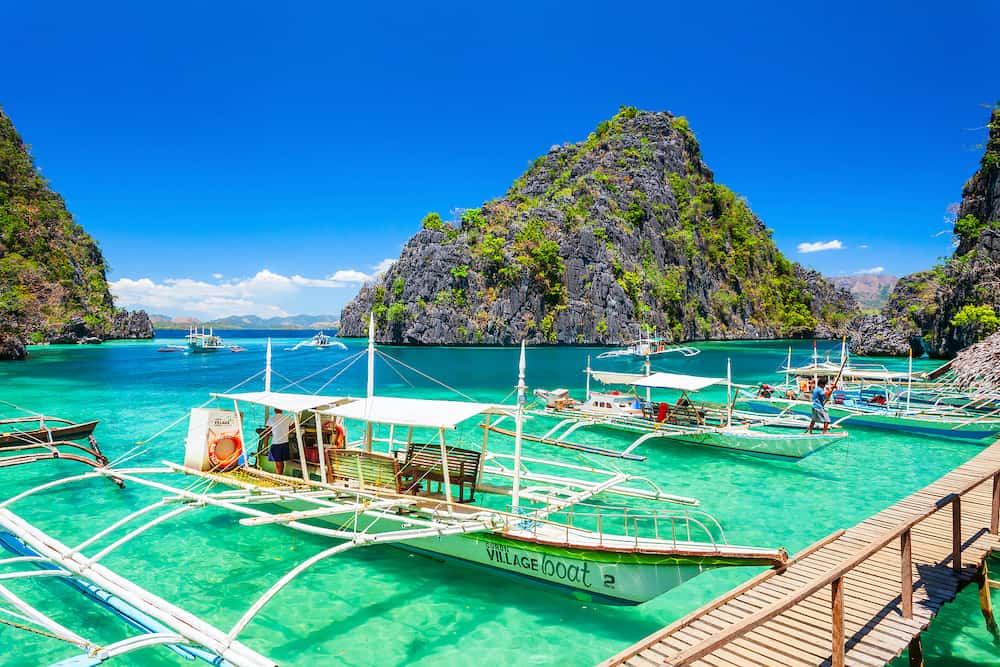
Travel at the right time
Low season in the Philippines falls around the latter half of the year. This is the wet season, and typhoons are also more common during that time.
Tourism is much stronger during the first half of the year when the weather is better and more stable.
Shoulder season in the Philippines is around March, and this is a great time to travel. Travelling in low or shoulder season also means you’ll have a better opportunity to haggle, when things are less busy and business isn’t so big.
Haggling is common in the Philippines as long as you keep it friendly, and because most things are independently run you usually have a good chance of scoring a deal. Just have fun with it.
That’s it!
The Philippines is an amazing country to travel to, and if empty white sand beaches, endless smiles, delicious food and beautiful nature sounds like your thing, this is a spot in Asia you don’t want to miss.
The country is also a great budget travel option, and you can easily do the country on less than $50 per day by following the tips above. Pack your sunscreen and we’ll see you there!
Brendan is a former accountant turned full time traveller from Auckland, New Zealand. He is the blogger behind. Bren On The Road and the founder of Missing Wanderer. His travels have taken him across every continent since he first started his journey in 2011. He lives and breathes budget travel, and writes to educate others on how to see the world on small budgets.
If you’d like to save it for later, please save it to Pinterest.
